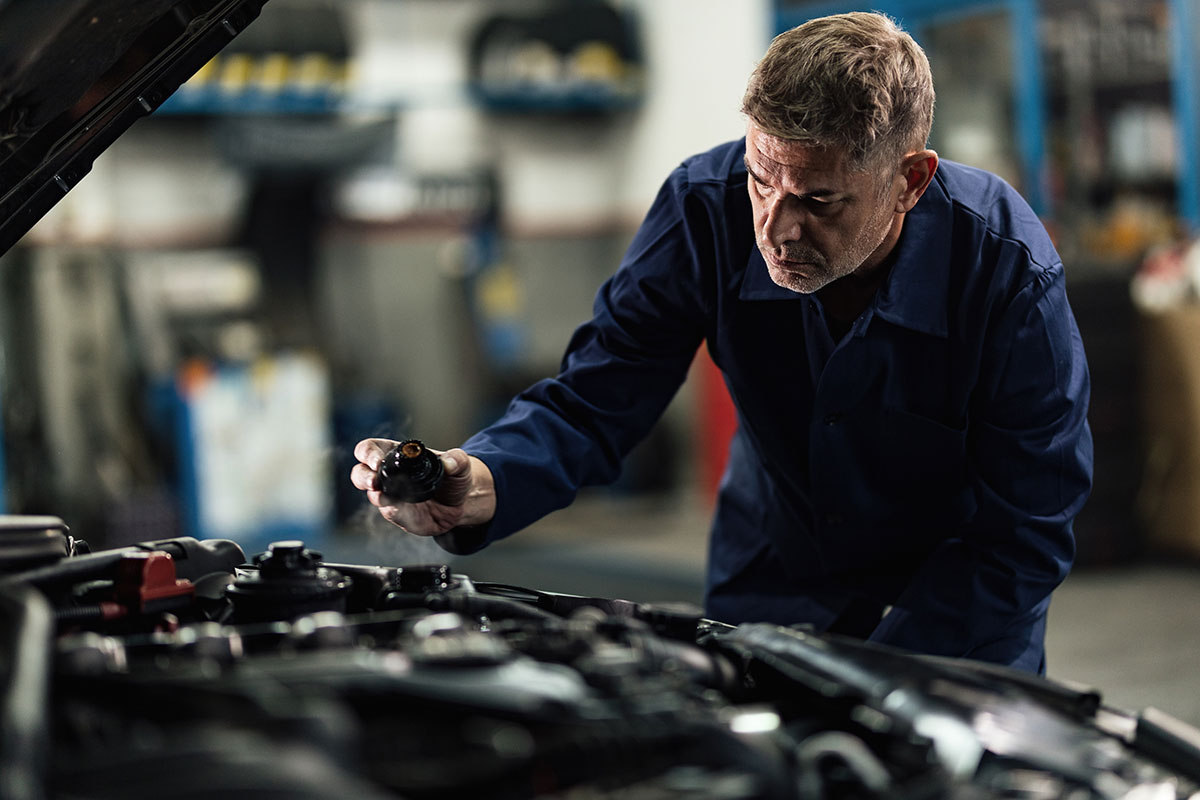The radiator cap plays a surprisingly critical role in keeping your vehicle’s engine running at optimal temperatures. While it may seem like a minor component, the coolant cap plays a significant part in maintaining the overall health of your vehicle’s cooling system. With decades of experience in the coolant cap industry, MotoRad understands the importance of radiator caps in automotive cooling systems and why choosing the best cap is crucial for your vehicle’s performance and longevity.

1. Pressure Regulation
One of the primary functions of a radiator cap is to maintain the ideal pressure within the cooling system. This pressure regulation is essential for preventing overheating and ensuring efficient heat transfer. As the engine heats up during operation, the coolant expands, leading to an increase in pressure. The radiator cap is designed to keep this pressure within a specified range, usually around 12 to 15 pounds per square inch (psi). Maintaining the right pressure ensures that the coolant can operate at higher temperatures without boiling and provides better heat dissipation.
2. Boiling Point Elevation
The radiator cap is equipped with a pressure relief valve that allows excess pressure to escape from the cooling system. This valve helps prevent coolant from boiling at lower temperatures, as the boiling point of a liquid increases with pressure. By raising the boiling point of the coolant, the radiator cap enables the engine to operate at higher temperatures without the risk of overheating and damaging vital components.
3. Vacuum Prevention
Apart from managing pressure, the radiator cap also prevents the formation of a vacuum within the cooling system when the engine cools down. As the engine cools, the coolant contracts, creating a vacuum. A quality radiator cap has a built-in valve that allows air to enter the cooling system, preventing the formation of a vacuum. This air intake helps maintain the integrity of the system, preventing potential coolant leaks and ensuring efficient circulation.
4. Coolant Recirculation
Some radiator caps also feature a secondary valve that allows coolant to be drawn back into the system from the overflow or expansion tank as the engine cools. This recirculation helps maintain the proper coolant level within the system, reducing the risk of air pockets and ensuring consistent cooling performance.
Choosing the Right Radiator Cap
Now that we understand the crucial functions of a radiator cap, it’s clear that selecting the right cap for your vehicle is essential. When replacing a radiator cap, it’s crucial to choose one that matches the specifications recommended by the vehicle’s OE (original manufacturer). Using an incorrect radiator cap, one with the wrong pressure rating or without the necessary features can lead to cooling system issues, including overheating and coolant leaks.
The intricacies of an automotive cooling system mean every component’s performance matters. The radiator cap is an essential part of this system. Its role in regulating pressure, preventing boiling, maintaining coolant levels, and preventing vacuum formation ensures that your engine stays cool and operates efficiently. Understanding the importance of the radiator cap and selecting the right one for your vehicle is a simple yet effective way to keep your engine in optimal condition and extend the life of your vehicle.
